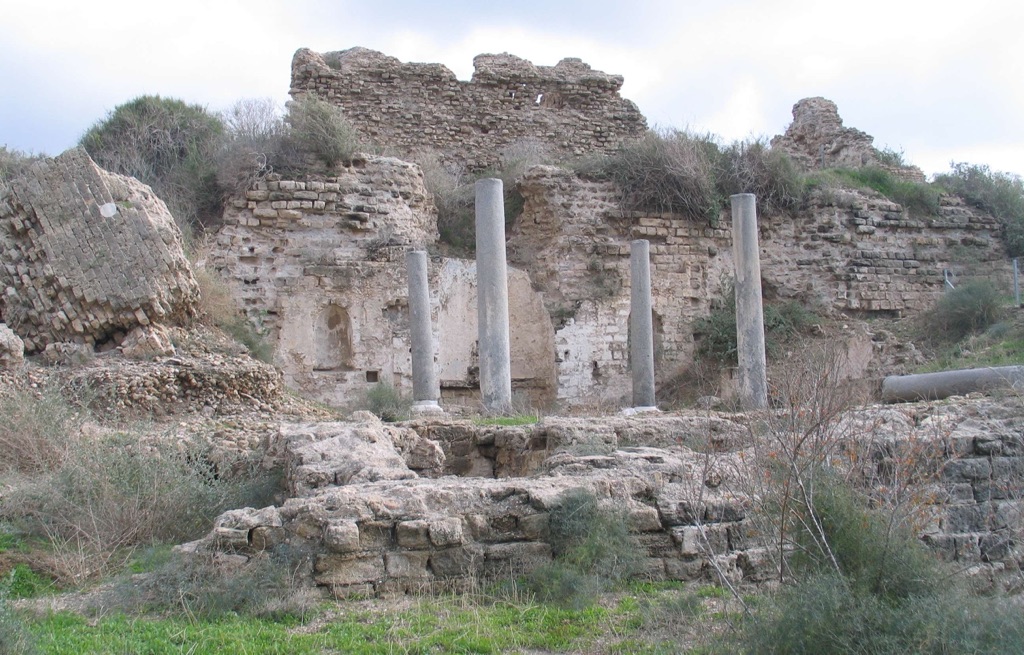Ashkelon National Park is a historical gem located on the southern coast of Israel. It encompasses the ancient city of Ashkelon, which has a rich history spanning over 4,000 years. The park showcases remnants from different civilizations, including the Canaanites, Philistines, Persians, and Romans. It’s a treasure trove for archaeologists and history enthusiasts alike, offering insights into the ancient world through its ruins and artifacts.
Get your dose of History via Email
Historical Background of Ashkelon National Park
The discovery of Ashkelon National Park dates back to the 19th century when explorers began to take interest in the biblical city of Ashkelon. Archaeological excavations started in earnest in the 1920s. The most extensive excavation project, led by Lawrence Stager from Harvard University, began in 1985 and continued for over 30 years. The city was originally built by the Canaanites around the 2nd millennium BC. It later became a major Philistine city, one of the five cities of the Philistine Pentapolis.
Throughout its history, Ashkelon saw various conquerors and inhabitants, including the Babylonians, Persians, and Romans. It was the scene of numerous historical events, such as the campaigns of Nebuchadnezzar and Alexander the Great. During the Crusades, it was a strategic coastal fortress. The city was eventually abandoned in the Middle Ages, leaving behind layers of history for modern-day exploration.
The park’s location on the Mediterranean coast made it a prime trading hub and a coveted military target. Ashkelon’s rich history is reflected in its diverse archaeological findings, including a Canaanite gate, a Roman basilica, and a Crusader fortress. These structures testify to the city’s importance through various epochs.
One of the most significant discoveries at Ashkelon was the world’s oldest arched gate, dating back to the Canaanite period. This gate is a testament to the advanced architectural skills of its builders. The park also reveals evidence of Hellenistic and Islamic periods, showcasing the city’s long-standing significance.
Ashkelon’s history did not end with its abandonment. The site continued to be a focal point for historical research and tourism. Today, it stands as a testament to the region’s complex past, offering a window into the lives of those who once walked its streets.
About Ashkelon National Park
Ashkelon National Park is a sprawling archaeological site that covers over 150 acres. It features the remains of the ancient city of Ashkelon, which was one of the oldest and most significant cities in the ancient Near East. Visitors can explore ruins that span several civilizations, each layer telling a story of conquest, trade, and cultural exchange.
The park’s most notable structure is the Canaanite city gate, constructed around 1850 BC. It is one of the earliest known arches in the world, showcasing the ingenuity of ancient engineering. The park also includes a Roman basilica and a gladiator amphitheater, highlighting the city’s importance during the Roman era.
Other significant features include the remains of a Crusader fortress, which stands as a reminder of the medieval battles that took place in the region. The fortress overlooks the harbor, which was once a bustling port, playing a crucial role in maritime trade across the Mediterranean.
The park’s landscape is dotted with ancient wells, cisterns, and other water installations, illustrating the sophisticated water management systems of its inhabitants. These systems were essential for sustaining the city’s population and agriculture.
Architectural highlights include intricate mosaics and public baths, which offer a glimpse into the daily life and luxury of the city’s ancient residents. The park’s ongoing excavations continue to reveal new findings, adding depth to our understanding of Ashkelon’s historical significance.
Theories and Interpretations
Several theories and interpretations surround Ashkelon National Park, particularly concerning its role in ancient trade networks. Some scholars suggest that Ashkelon was a key player in the exchange of goods between the Aegean and the Levant. This is supported by the discovery of imported pottery and artifacts.
Theories about the city’s destruction and rebuilding cycles are abundant. Archaeological evidence points to multiple instances of conquest and reconstruction, which align with historical accounts of invasions by figures like Nebuchadnezzar and Alexander the Great.
Mysteries also abound, such as the purpose of certain architectural features and the exact nature of the city’s religious practices. The discovery of a large number of dog burials has led to various interpretations about their significance in Philistine culture.
Historical records and biblical references to Ashkelon have been matched with archaeological findings, providing a more complete picture of its past. However, some aspects of the city’s history remain open to interpretation due to gaps in the archaeological record.
Dating of the site’s layers has been carried out using methods such as stratigraphy and radiocarbon dating. These techniques have helped establish a timeline of Ashkelon’s occupation and development, contributing to our understanding of the broader history of the region.
At a glance
Country: Israel
Civilization: Canaanite, Philistine, Persian, Roman, Islamic
Age: Over 4,000 years old (2nd millennium BC to Middle Ages)
Conclusion and Sources
Reputable sources used in creating this article:

